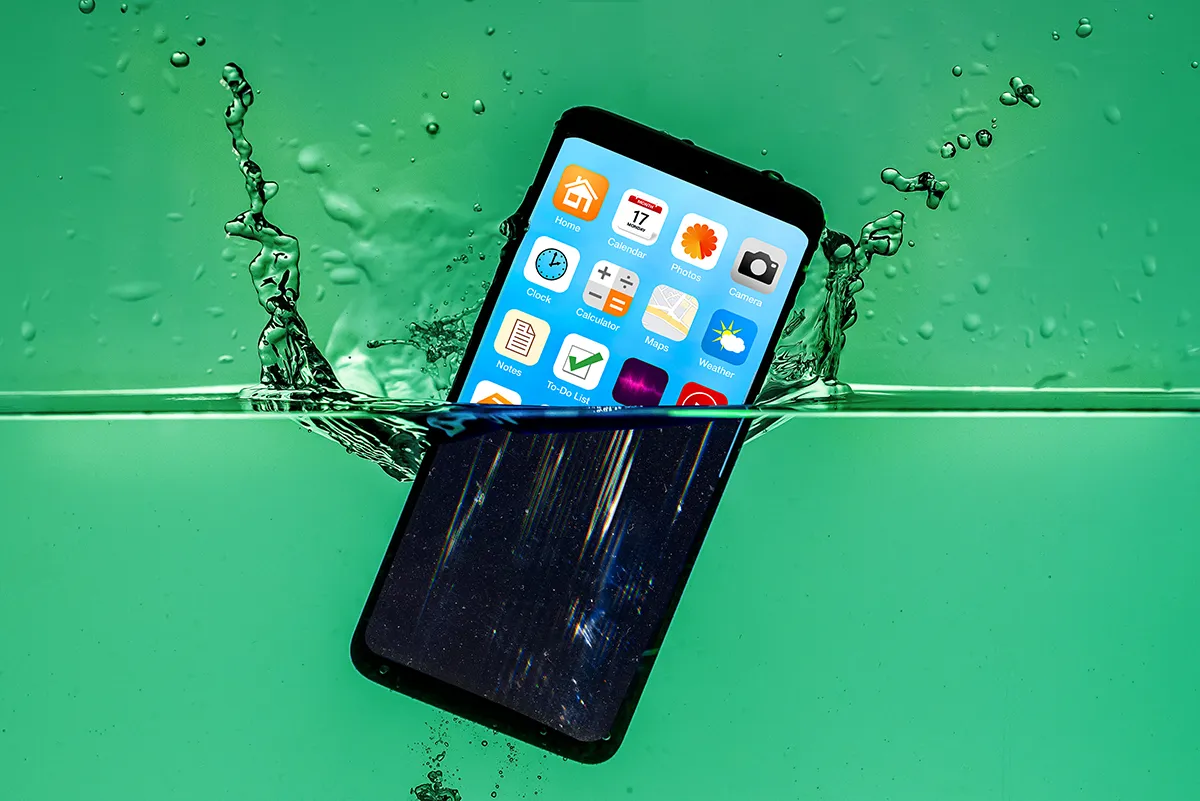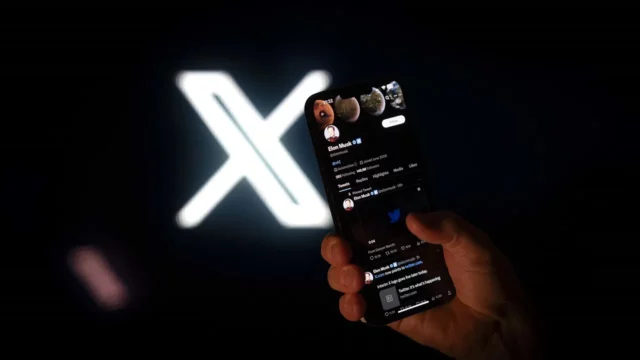Modern phones are equipped with IP ratings, and we’re used to seeing multiple ratings. This innovation provides devices with superior protection against dust and water. Manufacturers are setting detailed standards to increase user confidence.
Why Are IP Ratings Increasing?
Manufacturers test different components of phones separately. A single IP68 rating used to be sufficient. However, now additional ratings are added for headphone jacks and ports. This approach reflects real-world usage scenarios.
IP ratings represent the International Protection Code. The first number indicates dust protection, the second indicates water resistance. For example, IP68 means complete dust resistance and deep water resistance. Manufacturers set these standards according to IEC standards, preparing devices for harsh conditions.

Phones are now multifunctional. Headphone jacks and charging ports pose different risks. Therefore, the body receives an IP68 rating, while the jack is protected by IP6X. Brands like Samsung and Google have adopted this method. As a result, users are extending the lifespan of their devices.
This proliferation, however, is intensifying market competition. Consumers prefer comprehensive protection. Manufacturers are also building trust by increasing testing. These standards also encourage eco-friendly designs. We’ll see more ratings in the future.
Experts also say that IP ratings impact sales. Users are looking for durability. This trend is transforming the phone industry. Companies are developing innovative protections. For example, models like the Realme GT 8 and OPPO Find X9 offer triple IP ratings.
So, what are your thoughts on IP ratings? Share your thoughts with us in the comments!













